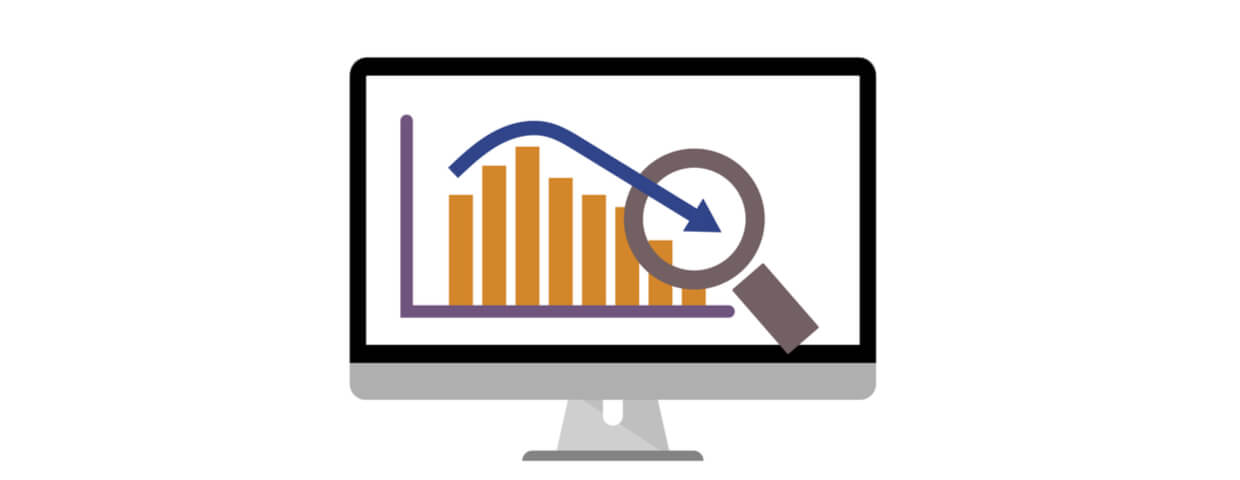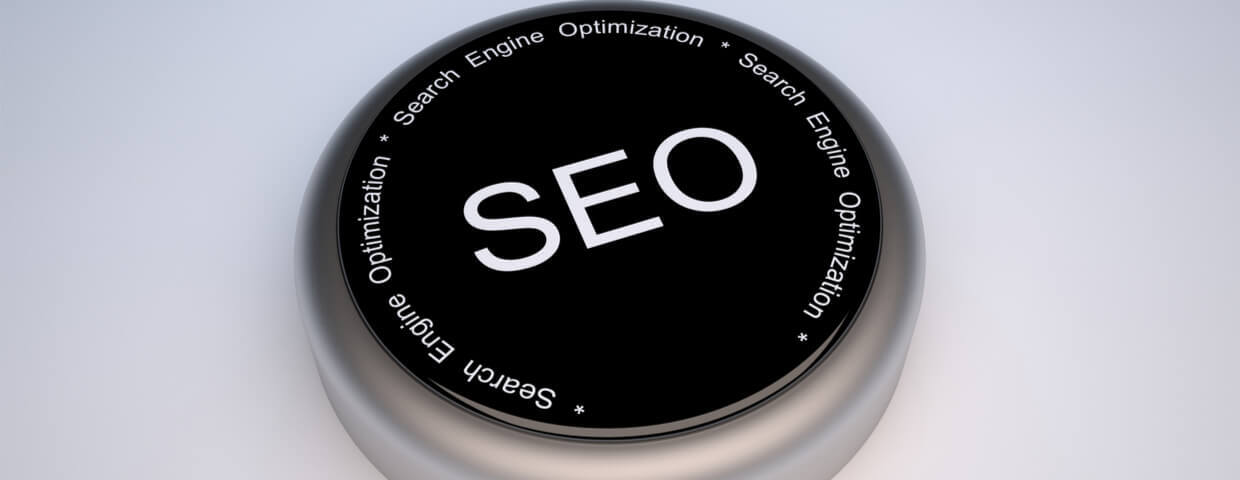Website graders and SEO tools offer website owners and marketers an opportunity to learn what's happening with their site, from site speed to errors and more. But which one is best? How do you know what information matters? Today we're looking at three popular tools: Hubspot's Website Grader, SEMrush's Site Audit Tool, and Google Search Console's error reports.
Inbound Marketing Blog
Many of the SEO tools available have options that help you audit backlinks. While this can be a useful tool for tracking backlinks in general, it can be alarming for a lot of site owners or marketers who see things about "toxic" backlinks or warnings about harmful links pointing to your site. It's natural that while you're working hard to generate traffic to your site and leads from that traffic, you want to do whatever you can to keep the site in good health.
So if a tool is warning you that your backlinks are toxic, you should get rid of them, and the easy way to do it is by disavowing them, right?
Whether a sudden or slow drop over time, when your website traffic dips, it can be frustrating. It can be especially frustrating when you can’t figure out why. The truth is, there are many reasons why web traffic can take a dive, and it can take a little detective work to understand what’s happening. While the answer may not always be clear, there are some things you can research to see if you can make a diagnosis.
Google Search Console (GSC) is one of the best free tools out there for SEO. In fact, if you only use one tool, let it be this one. That's because Google Search Console is all about organic search. GSC offers insights into impressions and traffic, and it's where you'll see issues Google has identified regarding page speed, AMP, or indexing. And, if you've received a manual penalty, you'll find that out here.
You already know by now that the content on your website is one of the most -- if not the most -- important components of search engine optimization (SEO). Google heavily relies on fresh, interesting content that responds to user intent and fits their definitions of E-A-T (expertise, authority, and trustworthiness).
SEO used to be a lot easier to do before Google’s search algorithm became as sophisticated as it is today. Couple of keywords here, a few links there, and you were sure to start ranking for some pretty competitive terms.
All that has changed. The problem, however, is that some SEO companies and “professionals” will still practice these tactics in order to see quick results. You know the type: the ones that can “guarantee” you top rankings on Google in 3 months. While these black hat tactics may still work to some degree, the risk of being penalized or de-indexed is a far greater threat to your business than taking a little extra time to rank on Google.
there are a number of ways that businesses work their ways to the top of search engines. Some of these tactics are what you would call “White Hat” SEO tactics. These go along with Google’s terms of service and take the approach of improving a website by focusing on users rather than rankings. Using these tactics can take a bit of time to get your website off the ground, but will garner you long-term results that will make it easier for your customers to find you through search engines. Just remember: "Slow and steady wins the race."



![Stop Disavowing Backlinks [And Why]](https://www.tributemedia.com/hubfs/Images/Blog%20Images/Blog_Images/Bad%20backlink.png)







